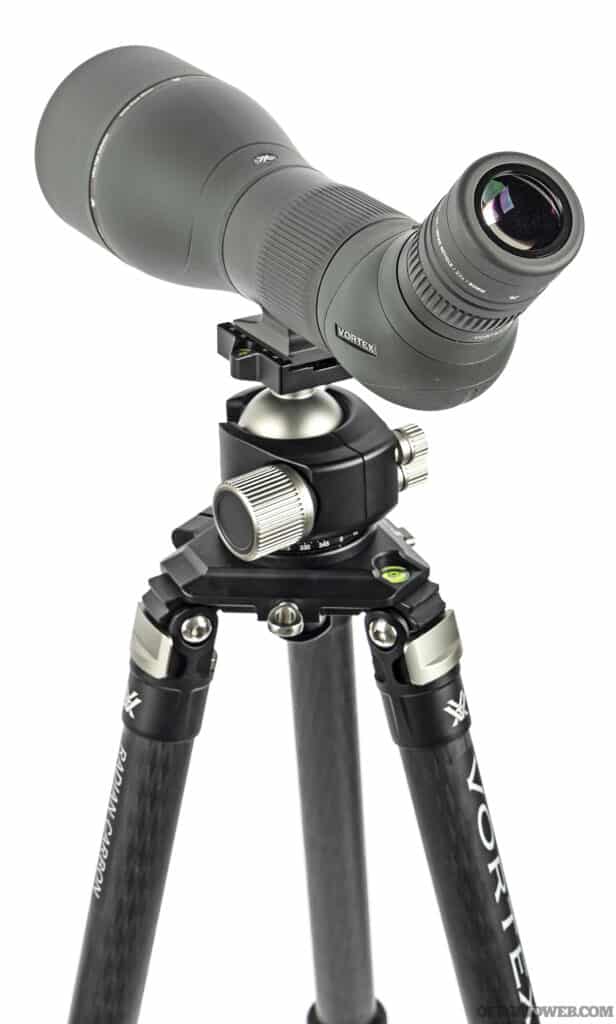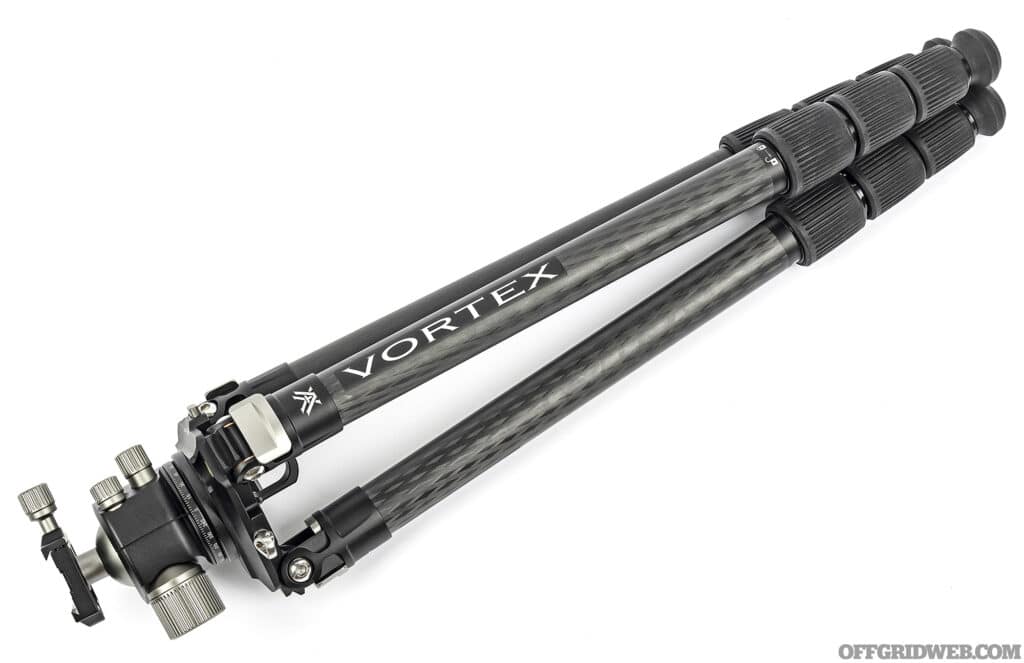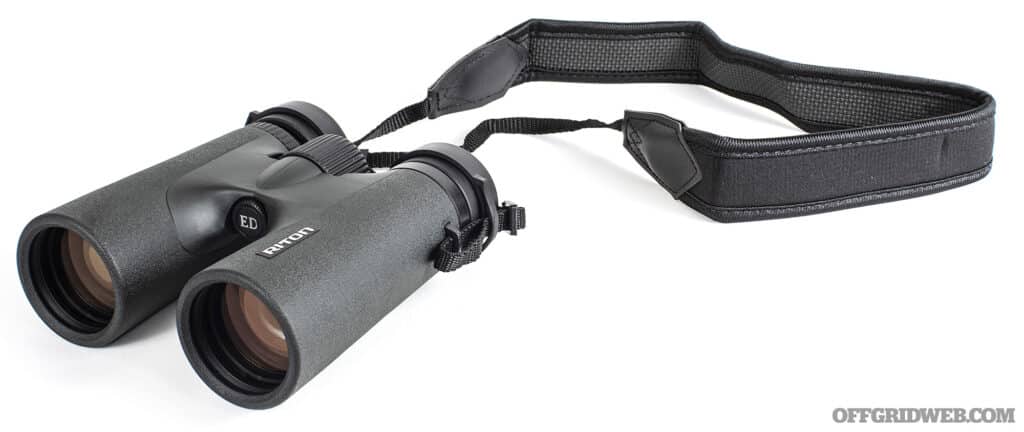
The human eye is a remarkable organ. It possesses two types of potent photoreceptors — cone cells capable of distinguishing around 10 million distinct colors and rod cells sensitive enough to respond to a single photon of light. The ciliary muscles can change focus up to 50 times per second, and studies by MIT scientists have demonstrated that the visual cortex can process and identify images seen for as little as 13 milliseconds. Despite these impressive attributes, human vision still has limitations, even for individuals with no need for corrective eyewear.
Unlike eagles, which can spot prey from two miles away, humans struggle to discern details on small objects at great distances. Compared to many nocturnal species, human vision in low-light conditions is significantly poor. Additionally, humans can only perceive light within the wavelengths of 380 to 700 nanometers, rendering them blind to ultraviolet and infrared light detectable by other animals.
Fortunately, human ingenuity and tool-making ability have led to solutions for these limitations. Optical enhancements like magnified optics, image intensifiers, and specialized sensors have been developed to overcome these deficiencies. In this article, we will explore various categories of optical devices designed to enhance emergency preparedness and discuss their general pros and cons.
Binoculars
Binoculars, often referred to as “binos,” simulate and enhance human binocular vision. They are typically characterized by their magnification power and objective lens diameter, expressed as a pair of numbers (e.g., 10×50). The first number denotes magnification power, while the second indicates the objective lens diameter in millimeters, affecting light-gathering capacity and overall image brightness. Larger lenses capture more light, performing better in low-light conditions. Field of view (FOV) measures the visible area through binoculars at a specific distance, crucial for activities like bird watching and sports.
Binoculars utilize prisms to correct image orientation, with two main types: roof prisms and porro prisms. Roof prism binoculars are compact and lightweight, while porro prism binoculars offer better depth of field and wider FOV at a lower cost. Optical coatings on lenses reduce glare and enhance image clarity. Eye relief, the distance from the eyepiece to the eye ensuring full field of view, is vital for glasses wearers. An eye relief of 15mm or more is ideal for glasses wearers.
A recommended midrange binocular is the 5 Primal by Riton Optics, constructed with a lightweight aluminum alloy, rubber armor coating, and 10×42 ED configuration for sharp, clear images with excellent color fidelity. Fully multi-coated lenses provide bright visuals even in low-light conditions, making them reliable in diverse weather conditions.

Make & Model: Riton – 5 Primal 10×42 ED
MSRP: $650
URL: ritonoptics.com
Pros:
- Enhanced depth perception, spatial awareness, and reduced visual strain compared to single-eye viewing.
- Well-suited for scanning environments and locating targets due to moderate magnification and wide FOV.
- Adaptable to tripods for extended stationary use.
Cons:

- Hand-holding binoculars can be tiring during prolonged use.
- Trade-off between portability, image quality, and cost, with larger lenses providing brighter images but incurring higher costs and weight.
Spotting Scope
Spotting scopes, a subset of telescopes, aid in observing distant objects without the bulk of full-size telescopes. These scopes are ideal for terrestrial tasks like surveillance, hunting, and precision shooting, requiring tripods for support. They feature larger objective lenses to gather maximum light and produce clear, bright images. Some models incorporate reticles for shooting corrections and distance estimation using stadiametric rangefinder markings.

An example is the Vortex Razor HD 27-60x85mm angled spotting scope, featuring an 85mm objective lens, superb sharpness, light transmission, color fidelity, and a versatile 27-60x zoom eyepiece. It offers various adjustments for shooting and range finding, complemented by a carbon-fiber tripod for stability and precise adjustments.
Make & Model: Vortex – Razor HD 27-60x85mm
MSRP: $2,400
URL: vortexoptics.com
Pros:
- Superior image quality and low-light performance compared to most riflescopes and binoculars.
- Powerful magnification up to 60x with standard eyepiece.
- Stable, comfortable design for prolonged use.
- Reticle integration for observation, range estimation, and shooting corrections.
Cons:

- Requires a separate tripod for optimal use, limiting portability.
- Models with reticles are costlier and may sacrifice zoom functionality.
- Quality spotting scopes come at a premium price.
—————————————————————————————————————————————————————————————–
By: Patrick Diedrich
Title: Advantages and Disadvantages of Optical Devices
Sourced From: www.offgridweb.com/gear/pros-and-cons-of-optics/
Published Date: Thu, 15 Aug 2024 22:48:43 +0000

